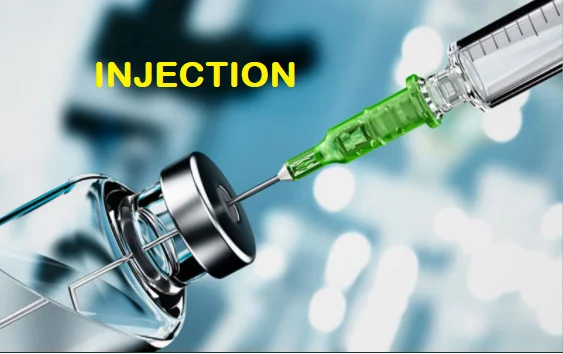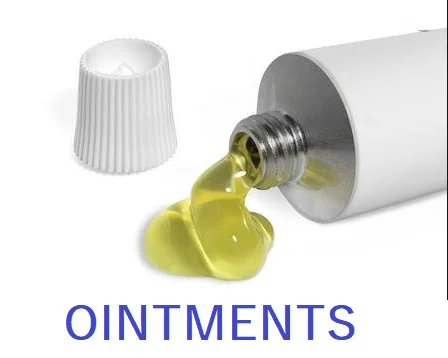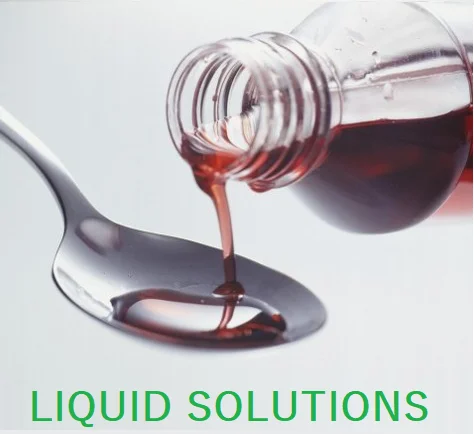MFR of Amikacin Sulphate Injection
PURPOSE: This Master Formula Record (MFR) is written to describe the formulae, manufacturing procedure, specifications, packing details of dosage form.
SCOPE: This MFR is performed and is applied during the manufacturing of dosage form.
Also Read:- MFR of Chloramphenicol EYE/EAR Drops
RESPONSIBILITY / ACCOUNTABILITY: It is the responsibility of Manufacturing Chemist to follow and adhere to this MFR. The Production Manager, QC/QA Manager are accountable for the strict adherence to the master formula.
COPY ISSUED TO:
- Master Copy : Manager Quality Assurance
- Copy No. 1 : Production Manager
- Copy No. 2 : Manager Quality Control
- Copy No. 3 : Small Volume Parenteral Section

| PRODUCT NAME: MFR of Amikacin Sulphate Injection | BATCH SIZE: 100 LTRS. |
| PRODUCT REFERENCE CODE: | UNIT SIZE: 2 ml/white/Vial |
| GENERIC NAME: Amikacin Sulphate Inj. | PACK SIZE: 30 x 50 x 2ML |
| DOSAGE FORM: Parenteral dosage form | STRENGTH: 250 mg/ml |
| DEPARTMENT: STERILE PREPRATION | EXPIRY DATE: AFTER 24 MONTHS FROM THE DATE OF MANUFACTURING |
Each 2ml contains: –
| Amikacin Sulphate | I.P | |
| Equivalent to Amikacin | 500 mg | |
| Water for injection | I.P | qs |
EQUIPMENTS TO BE USED:
| SR. NO. | NAME OF EQUIPMENT | ASSEMBLING AS PER SOP NO. | CLEANING AS PER SOP NO. |
| 1 | Auto Rotary Vial Washing Machine | ||
| 2 | Butyl Bung Washing Machine | ||
| 3 | Dry Heat Sterilizer | ||
| 4 | Auto Clave with SS Transfer trolley | ||
| 5 | Multi Column Distillation Still | ||
| 6 | Distill Water Storage Tank | ||
| 7 | SS Batch Mixing Tank | ||
| 8 | SS Pressure Vessel – 100 Ltr. | ||
| 9 | SS Membrane Filtration Assembly (293 mm) | ||
| 10 | SS Filling Vessel – 100 Ltr | ||
| 11 | Auto Liquid Vial Filling, Stoppering & Sealing Machine | ||
| 12 | Vial Visual Inspection Table | ||
| 13 | Auto Vial Labelling Machine |
Equipments to be sterilized :-
| SR NO | NAME OF EQUIPMENTS | STERLIZATION AS PER SOP NO. |
| 1 | S.S Membrane vessel- 293 MM | |
| 2 | S.S Filling vessel | |
| 3 | S.S Filling syringes | |
| 4 | Sterile dress of operator | |
| 5 | Pre Nitrogen Filling needles& POST- nitrogen filling needles | |
| 6 | Silicon tubes |
RAW MATERIALS:
| S.N. | INGREDIENTS | STD | Theoretical Quantity Req. | Overages % | Total Quantity Used |
| 1. | AMIKACIN SULPHATE | I.P. | 37.800 | 5.00 | 39.690 KGS |
| 2. | EDTA | I.P. | 0.040 | – | 0.040 KGS |
| 3. | METHYL PARABEN SODIUM | I.P. | 0.080 | – | 0.080 KGS |
| 4. | PROPYL PARABEN SODIUM | I.P. | 0.020 | – | 0.020 KGS |
| 5. | S.M.B.S | I.P. | 0.500 | – | 0.500 KGS |
| 6. | TRI – SODIUM CITRATE (SD) | I.P. | 2.500 | – | 2.500 KGS |
MANUFACTURING PROCESS:
Preparation of Solution:
Take in SS Batch Mixing Tank 60 Lt. of freshly prepared hot distilled water.
Dissolve Methyl Paraben & Propyl Paraben to Batch Mixing Tank Stir it properly till mix.
Dissolve EDTA SMBS and stir properly.
Add Tri sodium citrate and stir it properly.
Dissolve Amikacin Sulphate.
Adjust the pH to 4.5 (pH range: 3.5 to 5.5)
Make up the volume to 100.00 liter
Final pH = 4.5
Shift the solution from batch mixing tank to pressure vessel and do membrane
Filtration by using the appropriate membrane.
Washing
Washing of vials
Vial washing is done with auto rotary vial washing M/c as per sop.
Washing of Butyl Bungs
Butyl Bungs washing is done with Butyl Bungs Washing as per sop.
Sterilization
Dry Heat Sterilization (Vials)
Dry Heat Sterilization is done with the help of Dry heat Sterilizer at the following conditions as per sop.
| 1 | Temperature | 250°C |
| 2 | Holding Time | 1 hour |
Moist Heat Sterilization (Butyl Bungs)
Moist heat sterilization for butyl bungs is done with the help of Autoclave with SS Transfer Trolley at following conditions as per sop
| A | Pressure | 15 lbs |
| B | Temperature | 121° C |
| C | Holding Time | 30 Minutes |
Filtration
Filtration is done with the membrane assembly by using the appropriate membrane & pre filter and post filter
| A | Pre Filter | 1.5 µ |
| B | Membrane Filter | 0.2 µ |
Aseptic Filing
After the process of washing, sterilization filtration filing of Aseptic filing is carried out in class 100 area under the laminar flow. The machine adjustment is carried out for the appropriate vials as per SOP.
| A | Filling M/C Adjustment |
| B | Butyl Bung Station Adjustment |
| C | Sealing Station Adjustment |
Volume variation is checked intermittently, volume prescribed 2.ml and volume filled 2.0 ml, percentage variation 2%.
Visual Inspection
Visual inspection is carried out for filled vials by using vial visual inspection table M/c as per SOP.
Labeling
Labeling of vials is done with the help of auto vials labeling machine as per sop
Packing
| 1 | Open Packing | Yes/no | Yes | Pack Size | NA |
| 2 | Blister Packing | Yes/no | No | Pack Size | 30 x 50 x 2ml |
Yield
| 1 | Percentage Yield | – | 100 ± 2% |
| 2 | Theoretical Yield | – | 50000 x 2ml |
| 3 | Expected Practical Yield | – | 50000 x 2ml ± 2% |
Packing Details:
Label the filled vials &Blister the labeled vials
Pack such 10 labeled blister pack each of 5vial in each outer carton
Seal outer carton with cello tape
Pack the 30 outer cartons in specified corrugated box to give pack size of 30 x 10 x 5 x 2ml.
Seal the corrugated box with adhesive tape and label it properly by affixing the specified label
IN-PROCESS CONTROLS:-
THE following in process controls should be maintained during the processing
Check raw material used for manufacturing purpose are all approved materials and have ‘released’ Labels fixed on it.
All weighed Raw materials should be counter-checked by Manufacturing Chemist. If any discrepancy is noticed, it should be immediately brought to the notice of Production Manager and QC/QA Manager.
Physical characteristics of Raw material like colour, odour and consistency are checked before compounding.
Final volume should be made as per Standard Operating Procedure.
pH of the bulk should be checked and it should be with in specified limits.
Bulk sample should be sent for analysis to Q.C. Department before starting the filling and sealing stage.
Intermittently filled volume should be checked at 30 minutes interval by the Manufacturing Chemist and record for the same should be kept in Batch Manufacturing Record.
The net volume should be checked for all the filling nozzles and in no case net volume should be less than the volume claimed on the label. (Limit for volume variation: volume claimed + 2%.
Visual inspection of filled and sealed vials should be done as per SOP and the record of the same should be kept in B.M.R.
The labels and cartons should be checked thoroughly for proper batch coding.
Intimation should be sent to Q.C. Department for finished product sampling and testing.
After the completion of labeling and packaging the coded labels and cartons should be accounted for and rejected printed material should be destroyed in the presence of QC/QA Manager. Maintain the destruction of the same in the B.M.R.
It will be ensure that filling or packing equipment has been properly cleaned.
Filling or packaging of next product should not commence until the the ‘Line Clearance’ has been given by the Q.A. Analyst.





